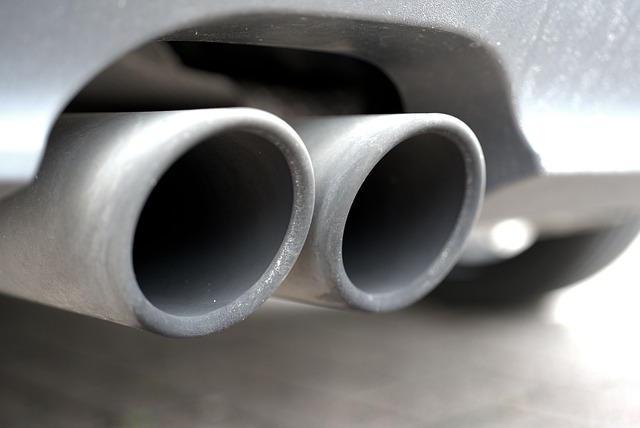
The first data from a sample of 600 000 cars indicates that the real-world fuel consumption and CO2 emissions from diesel and petrol vehicles on the road are around 20% higher than indicated by the official values from the standardised WLTP type-approval test used for regulatory purposes. This discrepancy is in line with what the Commission had anticipated.
For plug-in hybrid electric vehicles, the real-world CO2 emissions were on average 3.5 times higher than the laboratory values, which confirms that these vehicles are currently not realising their potential, largely because they are not being charged and driven fully electrically as frequently as assumed.
As the dataset expands over the coming years and its representativeness of the evolving fleet improves, it will be possible to determine how the gap evolves and whether further steps should be taken to avoid it growing.
Since January 2021, all new cars and small vans that can run on liquid fuels have to be equipped with approved on-board fuel consumption monitoring (OBFCM) devices before they can be placed on the EU market. These devices record the vehicles’ fuel or energy consumption and the total distance driven.
This on-board data has to be collected by the vehicle manufacturers – either through data transmission over-the-air, or when vehicles are brought in for repairs or services – and sent annually to the Commission. In April 2022, the Commission received data for 10.6% of the cars and 1.0% of the vans, which had been first registered in the EU in 2021. In this first year of data collection, the fleet coverage was below expectations for most manufacturers. Further steps are needed to significantly improve monitoring in the coming years.
For vans, the 2021 dataset was insufficient for an in-depth analysis. The dataset was small because, for most vans, it was only mandatory to be equipped with on-board fuel consumption monitoring devices as of 2022.
Despite its limitations, the real-world data collected so far for cars provides valuable preliminary insights. The average gap observed between the real-world and the official type-approval average CO2 emissions and fuel consumption of new cars registered in 2021 was 23.7% for petrol cars and 18.1% for diesel cars (1-1.5 l/100km or 28-35 g CO2/km). The gap observed is compatible with the assumptions made for the 2021 gap in the Commission’s Impact Assessments underpinning the revision of the vehicle CO2 standards. Such a gap was anticipated as there are different factors affecting real-world emissions which cannot all be fully replicated in a laboratory test, such as the traffic conditions, landscape, road conditions, ambient temperature, use of air-conditioning and on-board electronics, and driver behaviour.
For new plug-in hybrid electric vehicles (PHEVs) first registered in 2021, the real-world CO2 emissions were on average 3.5 times (4 l/100km or 100 g CO2/km) higher than the type-approval values, which confirms that these vehicles are currently not realising their potential, largely because they are not being charged and driven fully electrically as frequently as assumed. The Commission has already introduced changes to the calculation of the utility factor – the expected share of distance driven electrically – which is used to determine the CO2 emissions during the official test procedure. These changes will apply as of 2025 and may need to be further adjusted based on real-world data.
An overview of the findings for each manufacturer’s new fleet of vehicles is provided in the Commission Report, with a more detailed analysis added in the accompanying Staff Working Document. The European Environment Agency (EEA) has published the anonymous raw and aggregated datasets.
Read more:
Details
- Publication date
- 18 March 2024
- Author
- Directorate-General for Climate Action
